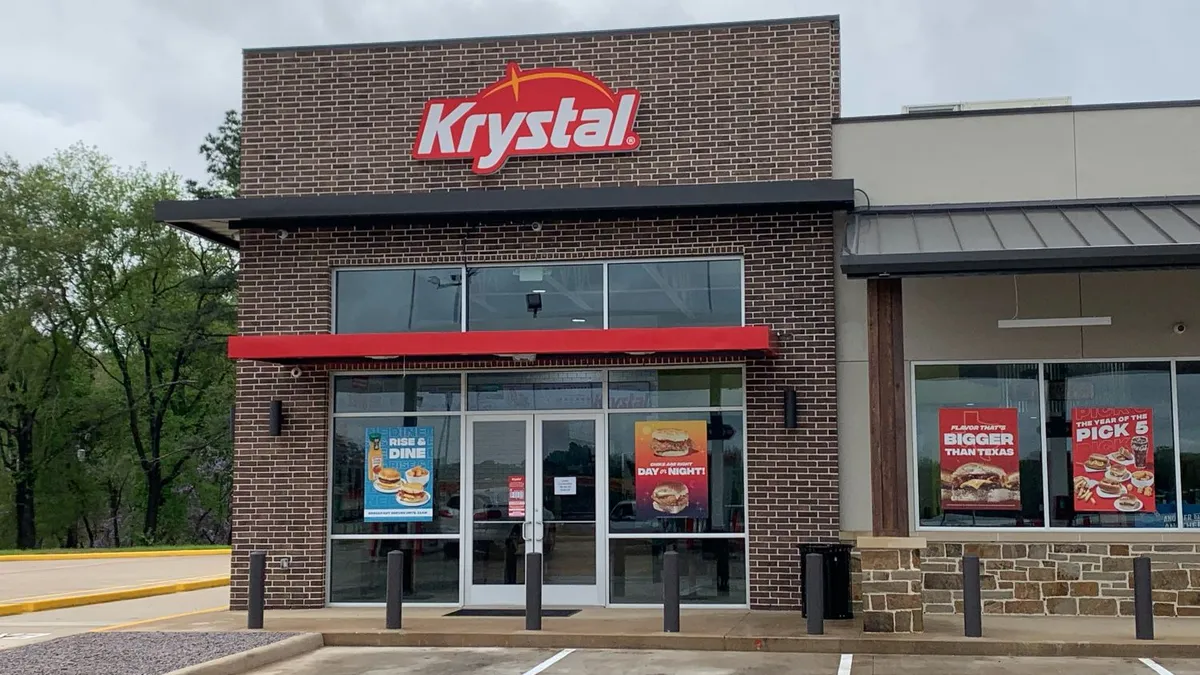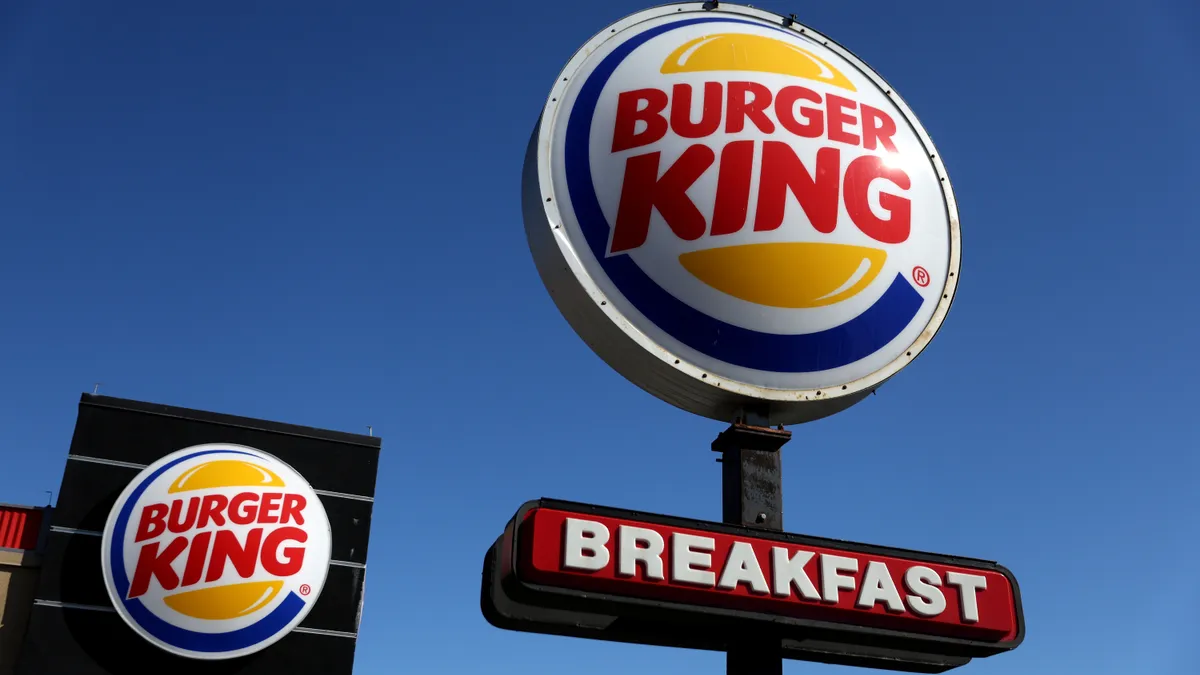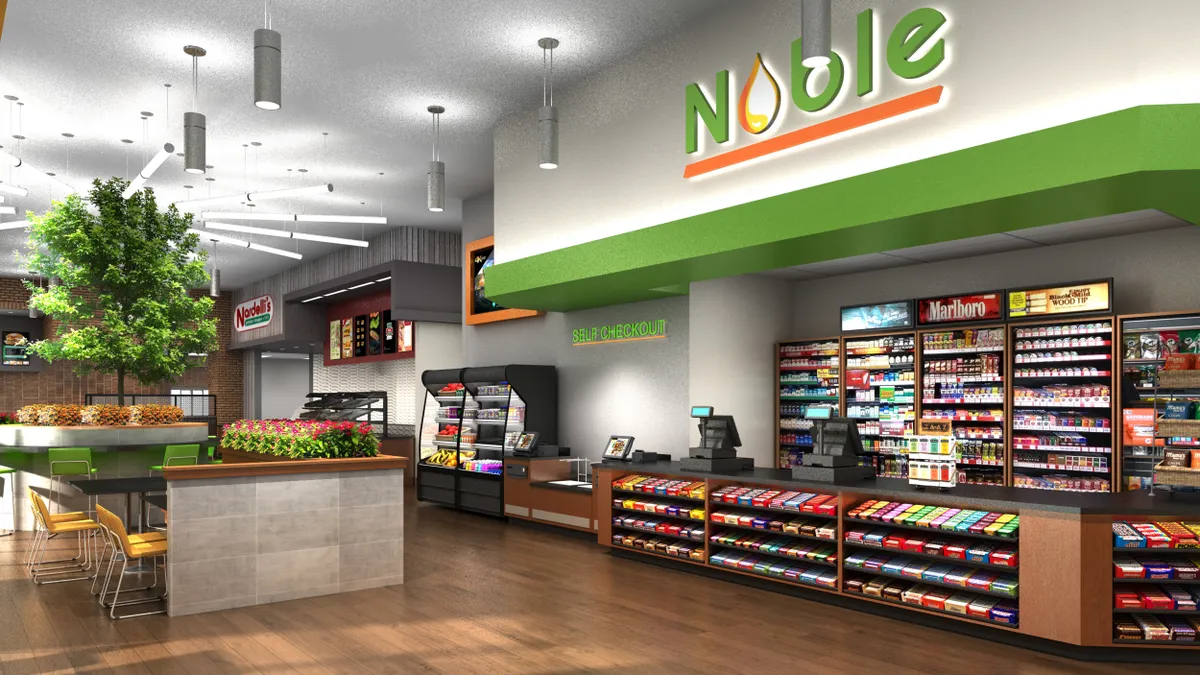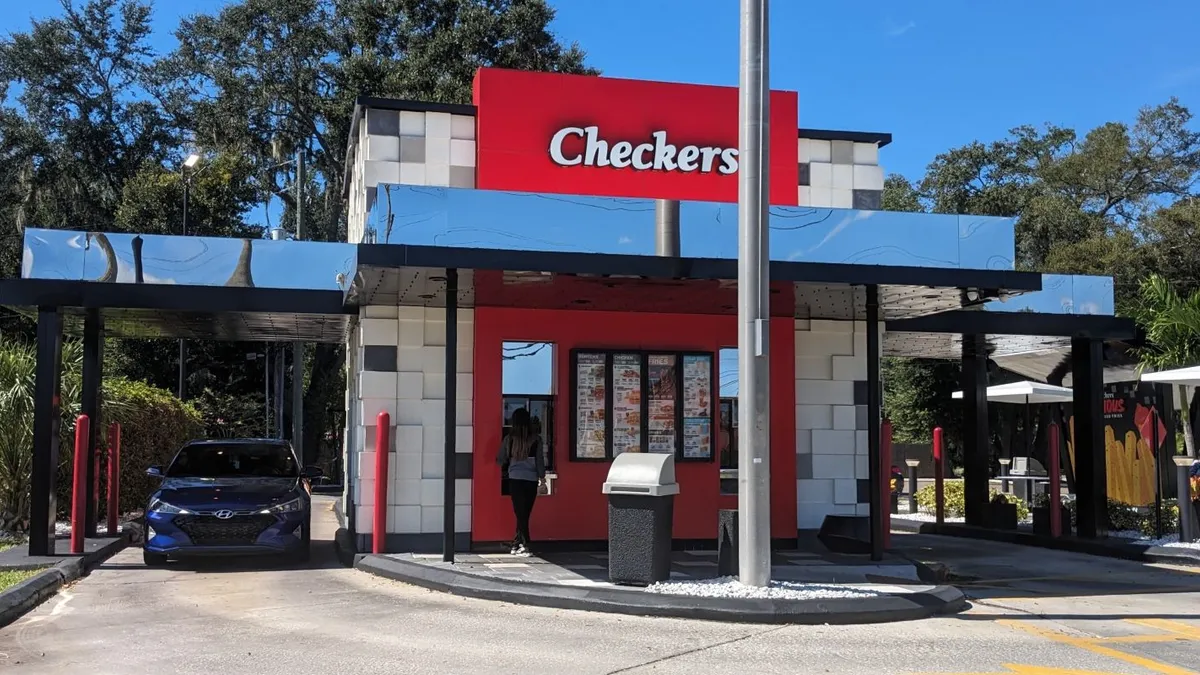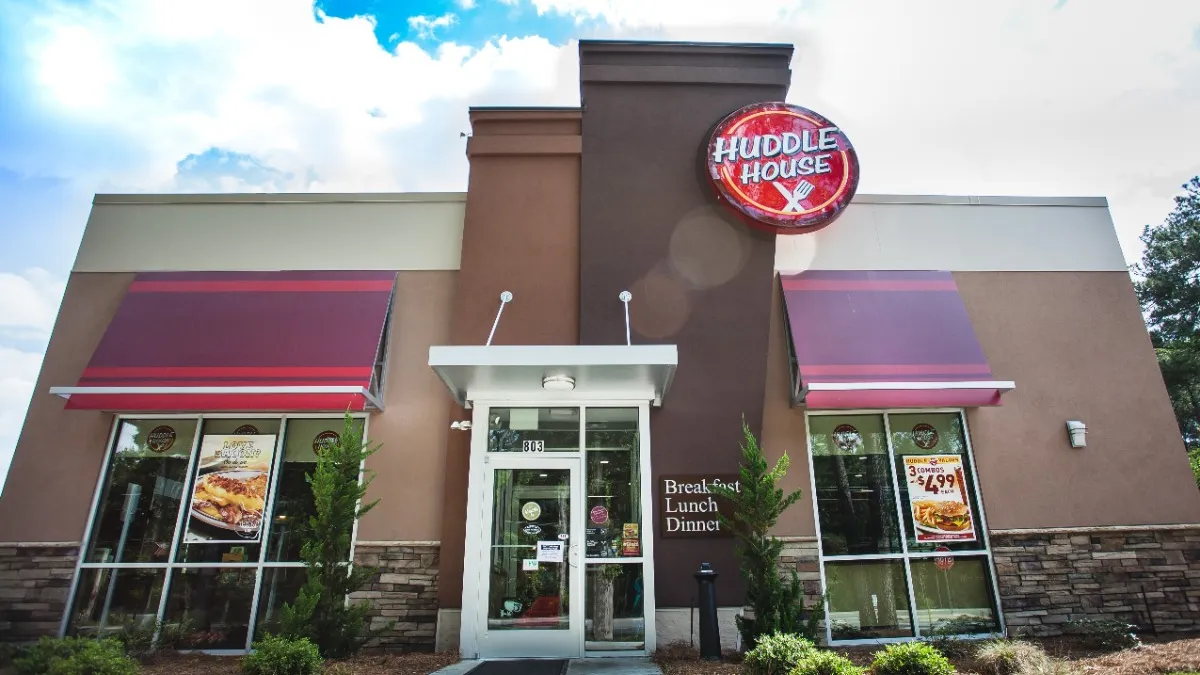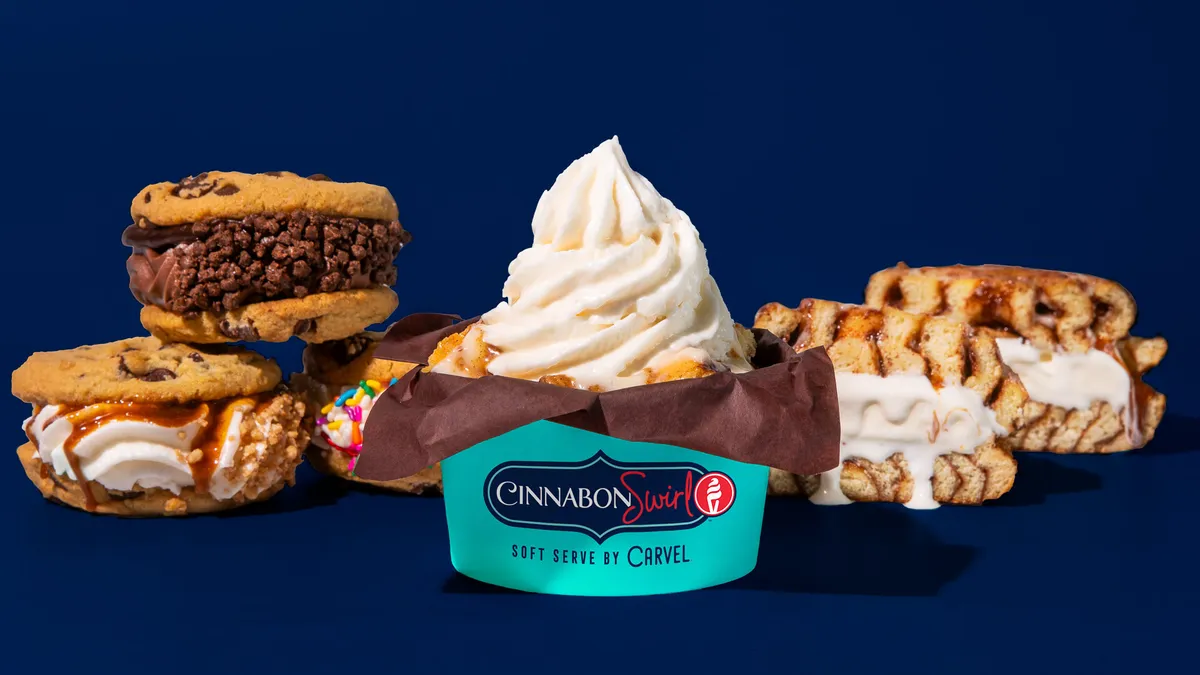From Jack in the Box to California Pizza Kitchen, major restaurant brands have spent the last two years pushing for growth via franchising and signing multi-unit deals. It’s not just legacy chains that are accelerating franchise expansion. Many midsize chains, such as Modern Market Eatery and Dog Haus, have struck deals with operators big and small to create robust pipelines.
New and existing franchisees will face challenges due to high costs that are squeezing margins and pressure to deploy technology that caters to modern consumer needs, experts said. But the prospect of operating a restaurant still holds a lot of excitement for those entering the field.
“Franchising is growing as fast as it’s ever grown right now,” said Mark Siebert, CEO and founder of consultancy iFranchise Group. “We’re just seeing a lot of people getting into business for themselves.”
While new business applications remained steady in the past decade in accommodation and foodservice with about 20,000 monthly new business applications, that number has been elevated since mid-2020. The segment reported roughly 30,000 new business applications per month by mid-2020 and have since remained above 20,000 monthly applications, according to U.S. Census Bureau Business Formation Statistics.
Although experienced restaurant business owners and operators understand how difficult it is to run a restaurant, some new entrants view these businesses as a fun way to score guaranteed cash flow from day one, Siebert said — a goal that is far from guaranteed.
“There’s excitement to the restaurant business that there isn’t to mowing people’s lawns or being a janitorial service person,” Siebert said.
In some ways, that excitement is warranted. Consumer demand to eat out remains high. In the middle of the week, when business tends to be slow, desirable restaurants are still really busy, said Greensfelder franchising attorney Lenny Vines.
If a recession occurs in 2023, experts predict an economic downturn will slow inflation and wage growth. These possibilities are driving people to enter franchise deals now, in advance of a potentially more hospitable market in the next few years, Siebert said.
But despite these possibilities, new franchisees and longtime operators will face a host of challenges this year. Fierce competition for real estate and high technology costs, for example, will threaten franchisees’ profitability, experts said.
“This is a very, very, very difficult business,” Vines said. “Don’t think that this is going to be a cakewalk. Be prepared to really work hard.”
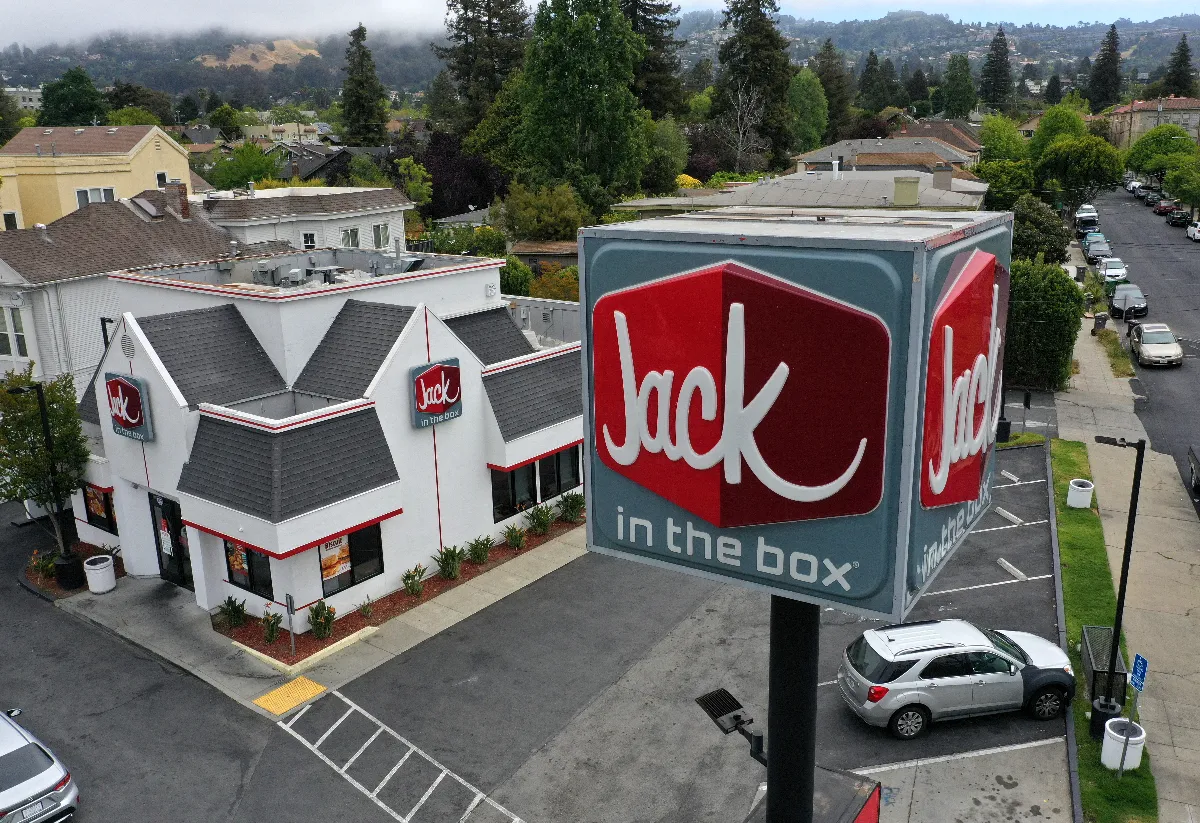
Big chains seek multi-unit franchisees
It’s already harder for aspiring single-unit operators to break into restaurant franchising, at least with the big players. In the last five years, well-capitalized groups — often backed by private equity — have bought large blocks of restaurants, said John Ramsay, vice president of franchise sales at Noodles & Company.
Legacy brands are capitalizing on this shift. It’s easier for franchisors to help a large operator group expand from 50 to 60 units versus finding and training 10 individual franchisees, Ramsay said. Many restaurant chains with complex operations don’t want to sell locations to mom-and-pop franchisees anyway, Siebert said, because they prefer the experience of multi-unit foodservice operators.
Subway, which has a long history of working with single-unit franchisees, said last year that it would target more multi-unit operators. In August, Jack in the Box began offering operators discounted royalty rates for their first five years if they agreed to develop at least three units.
Noodles & Company isn’t seeking first-time franchisees, either. Ramsay said the chain feels larger, long-term franchisees are better equipped to deal with current challenges in the industry, such as the increasing cost of real estate and construction. In 2021, Noodles & Company focused on attracting multi-unit franchisees to expand in the South and Southwest.
However, major restaurant brands’ disinterest in single-unit operators has left room for small brands to add franchising to their growth strategies. Franchising is still a great model for someone locally connected, especially if a restaurant offers a simple, assembly-focused menu that doesn’t require extensive foodservice experience, such a sandwich shop, Siebert said.
“There’s always going to be space in the franchisee world for that first timer,” Ramsay said. “If anything, franchising has gotten more sophisticated and better. A lot of these emerging brands have access to better systems than they did in the past.”
A push for profitability
Even if ideal franchising partnerships are formed, profitability will demand creative solutions in 2023, said Tim Doherty, president and CEO of franchise group Doherty Enterprises. The company owns and operates 135 restaurants, including Panera and Applebee’s units in four states.
While Doherty’s restaurants saw strong sales in 2022, profitability was hard won due to inflation’s impact on both wages and food costs, he said.
“I think that there needs to be an approach with the franchisor and franchisee on making sure we are developing menu items that are both an excellent value for guests, but are also profitable for the restaurant,” he said.
Applebee’s and Panera have both developed menu items that could be LTOs or long-term menu items, depending on performance and food costs to keep the restaurants profitable, Doherty said. Panera, for example, has added several new menu items within the last few years, most recently adding toasted baguette sandwiches earlier this month.
“Franchisees are super hyper [aware] about what the margins look like, what are specific brands doing to combat [low margins] and how is that going to impact them in the long term,” Ramsay said.
Noodles & Company, which had 366 company-owned stores and 93 franchised restaurants as of September 2022, uses data collected across its corporate stores to help predict upcoming trends for franchisees. This can help operators prepare for fluctuations in commodity prices, labor costs, interest rates or lease costs, Ramsay said. The chain has been purchasing kitchen equipment, such as refrigerators, HVAC units, stainless steel tables and other fixtures, for company-owned and franchisee-operated stores. This will allow franchisees to share in the company’s purchasing power, Ramsay said.
“There’s a level of comfort there that we had a plan in place and actions that we can take and we’re not just going to be reacting to what happens,” Ramsay said.
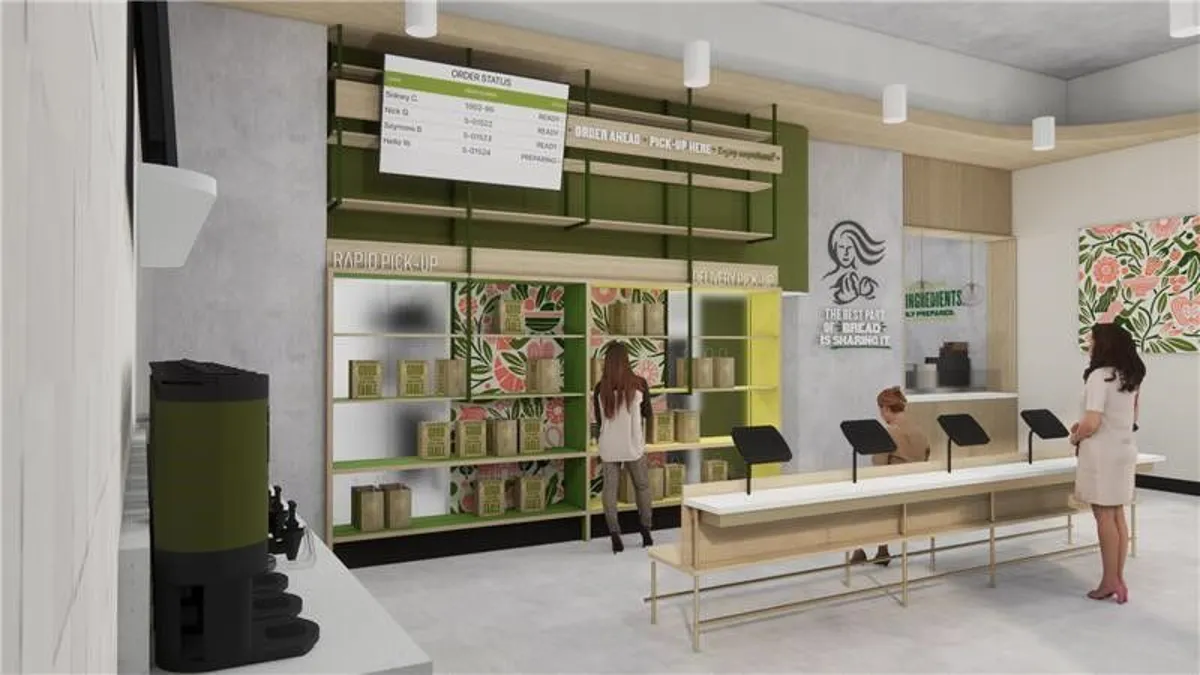
Franchisees consider more cost-effective real estate options
As cost concerns grow in the restaurant space, franchisors are developing smaller stores emphasizing off-premise business, which continues to drive a large portion of diner traffic. These smaller stores are more cost-effective to build, experts said, which can create openings for upstart operators. Other restaurant companies are focusing on store conversions to expand, and are using second-hand equipment to save costs.
Competition for drive-thrus has increased alongside property values, which makes development more challenging, said SG Ellison, president of Diversified Restaurant Group. Those values will stabilize heading into a recession, but with interest rates rising, financing these properties will be difficult.
However, Ellison said companies with decent cash positions and the ability to grow their balance sheets, or finance their development on their own, will be in a good position to find opportunities that weren’t available in the last year or two.
Diversified Restaurant Group continues to look for places where it can leverage Taco Bell’s Go Mobile store format, as well as drive-thru assets and strong delivery demand, as it plots expansion. Ellison said the Diversified delivery and digital channels have grown more than any of its other channels in the past two years, which has created more opportunities for experimentation.
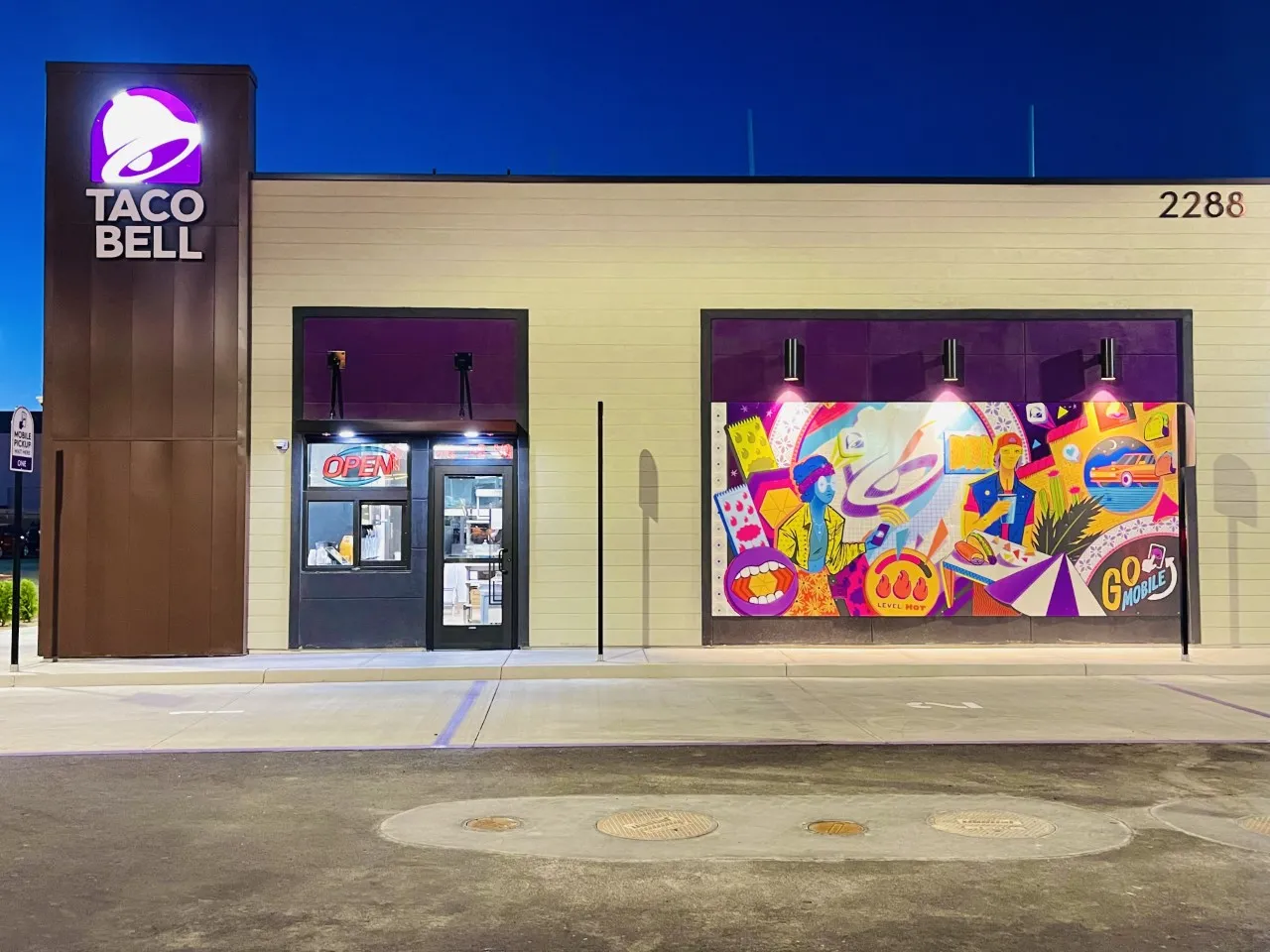
Last year, Diversified opened a Taco Bell Go Mobile store format with two separate drive-thru lanes to reduce delivery pickup times. Typically, a Go Mobile store will have two lanes meet to form one lane for the final pickup.
“We’re continuing to look at design and how we best design the layouts for the digital traffic that’s coming through from an order ahead or delivery,” Ellison said.
Both Applebee’s and Panera are experimenting with alternative ways to develop new restaurants, which Doherty is taking advantage of. The franchisee is working on building an off-premise-only Applebee’s restaurant in Long Island that won’t have a dining room. Applebee’s also is adding more mobile order pickup windows after an initial test with a separate franchisee in 2021.
Doherty is partnering with Panera to test urban units, as well. The franchisee’s New York City territory includes Brooklyn, Queens, Staten Island and Long Island.
Brooklyn and Queens are underpenetrated markets for Panera because the chain didn’t have a model for urban or light-urban settings, he said. But Panera has opened two corporate locations in the city, including one in Manhattan, and Doherty plans to test two in Queens to see if Panera’s urban model can work in that borough.
“There are lots of interesting and unique ways that both the franchisor and franchisee are looking at getting into markets that may be underpenetrated and that’s something I am actively looking at doing for both my brands,” Doherty said.
Because so many restaurants closed during the COVID-19 pandemic’s early days, Vines said there could still be opportunities for franchisees to open units at a lower rent rate than what had been previously available. There could also be ways to acquire used equipment and fixtures that are in good condition at bargain prices, he said.
More brands are considering conversions as well, Dan Rowe, CEO of Fransmart, wrote in an email to Restaurant Dive. In 2021, a Curry Up Now franchisee converted a closed Indian restaurant, which already had most of the necessary equipment in place, into a Curry Up Now within three weeks for roughly $100,000, according to Nation’s Restaurant News.
By contrast, the restaurant’s franchising site lists startup costs ranging from $392,000 to $1.6 million to open a restaurant from scratch. Nathan’s Famous is providing half off of its franchisee fees to operators willing to convert their existing restaurants to a Nathan’s to take advantage of similar savings.
In general, a new restaurant could cost a new franchisee $600,000, Rowe said. If that operator makes $1.2 million in sales and $200,000 in profits in the first year, that’s 33% of the way toward making a return on the investment. On the other hand, conversions can cost as little as $200,000, creating a path to profitability as early as year one, Rowe said.

Technology increasingly critical to operations
Many of the store designs available to new and existing franchisees center on technology that drives sales or cuts costs as chains look to optimize their systems for on-the-go diners. Much of that innovation is designed to streamline off-premise channels and improve the guest and staff experience.
While delivery demand has leveled out for many restaurants, some — such as, Taco Bell — are still capturing growing sales in the channel, Ellison, said.
“I think there’s still a lot of room for growth in our order-ahead mobile apps as well as delivery,” Ellison said.
On March 17, 2020, Applebee’s on-premise business made up 87% to 88% of sales, with off-premise only generating 12% to 13% of sales, Doherty said.
Nearly three years later, off-premise makes up over 25% of sales, Doherty said, adding that he expects off-premise will likely make up 25% to 30% of sales in casual dining going forward.
“The guest has found a service that they have gotten very comfortable with using … whether it is delivered or it is picked up at the restaurant through our carside to go,” Doherty said.
Siebert said technology has improved restaurant service as more brands adopt integrated software solutions managing orders, loyalty, delivery and third-party apps, which creates more efficiency with the ordering process.
Doherty Enterprises has been testing food pickup locker systems that keep both staff and delivery workers accountable for maintaining food quality.
The lockers notify drivers when the food is ready to be collected, Doherty said, which boosts driver efficiency and helps ensure food is delivered hot. This also frees up restaurant staff to help carside pickup customers and improve that experience. Doherty also uses a system that notifies staff where a car has parked so staff can get the food to guests faster.
Doherty said his company uses a sticky printer to help improve accuracy for off-premise orders. An expediter will take a sticker of each item in the order to help him/her pack that order ensuring that nothing is missing.
“Accuracy is a killer for off-premise business. You can’t recover that the way you can in the restaurant,” Doherty said.
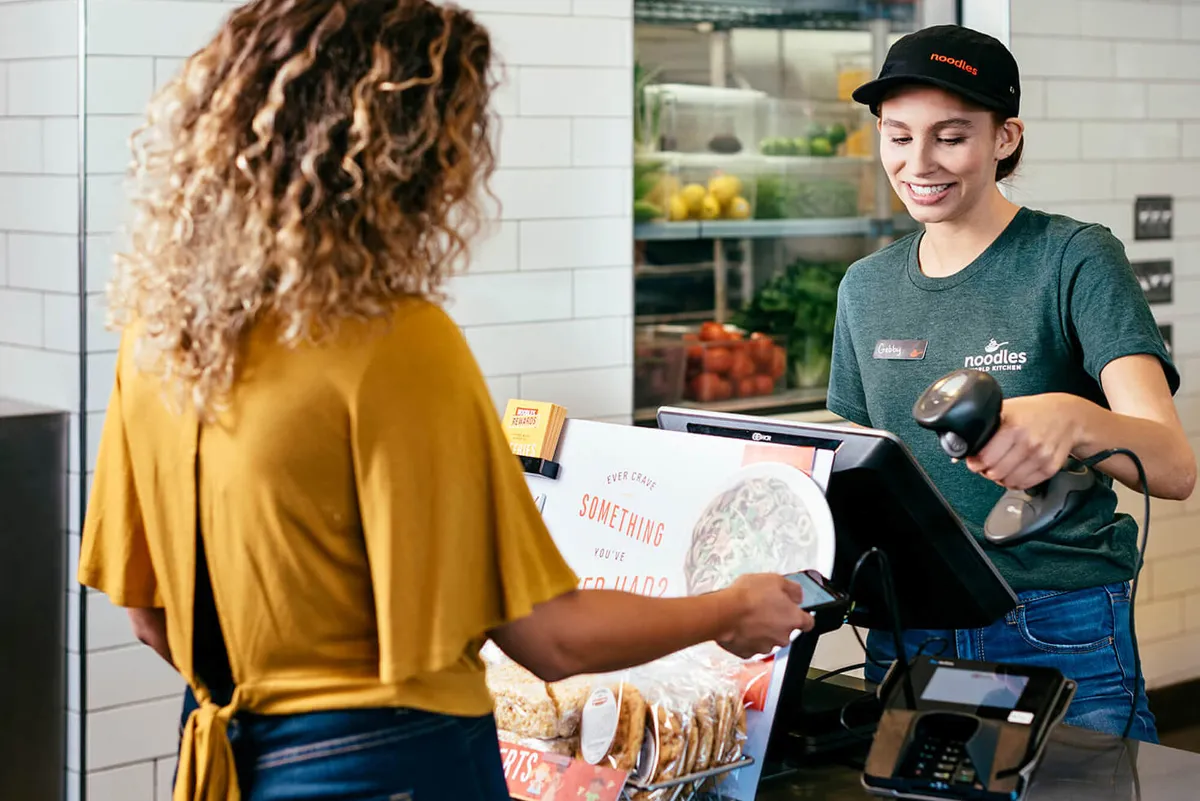
Noodles & Company has an app for online ordering that also integrates with third-party delivery to take pressure off of franchisees who are processing digital orders. The company’s in-house team manages the technology integration so franchisees can focus on building their employee base and improving retention and training, Ramsay said.
Technology will continue to be critical to address ongoing customer needs, experts said.
“Brands that are able to deliver a very positive customer experience through really good interactions with their staff stand to see a lot of success,” Paul Woody, franchising attorney at Greensfelder, said. “Technology is part of the answer, but it’s not the entire answer. Just continuing to have a brand presence that is very positive for customers and is very attractive to customers is going to continue to be really important.”
Communication is crucial
Franchisors will need to establish transparency with their franchisees to scale successfully amid cost pressures and diner preferences for faster, off-premise-focused service.
“Franchisors need to be very cognizant of shifts and changes in customer expectations and be prepared to quickly roll out solutions to that to their franchisees,” Woody said. “Of course, franchisees need to be prepared to make those adjustments.”
Systems that are nimble will have a leg up over the competition, and franchisors that have good relationships with their franchisees and provide them with support will be in better shape, Woody said.
Brands, such as McDonald’s, Jack in the Box and Subway, have experienced discontentment among their franchisee networks in recent years over a multitude of issues, including fees and remodels. McDonald’s updated its franchising guidelines last year to create more clarity and consistency within its system and devoted $250 million over the next five years to help franchisee candidates that may be facing socioeconomic challenges.
To avoid such issues, Vines said franchisors should test significant restaurant changes in their company-owned stores to show that a new idea works and is worth the expense before requiring it of franchisees.
One way franchisors can establish transparency is by creating a franchise advisory committee that is a good cross-section of their franchisees and not just the top operators or those with the most experience, Woody said. Wings & Rings created a franchise advisory council in 2018, which has led to the creation of a forum for franchisees to discuss and test initiatives, such as picking a new point-of-sales system.
Franchisor to franchisee communication also should include electronic communications and/or interactive platforms where operators can get assistance or provide input in real time, he said.
“If you’ve got franchisees that are either distrustful of their franchisor or franchisors that have not established good communication paths with their franchisees, then they’re going to struggle to basically have the relationship to make those changes,” Woody said.








